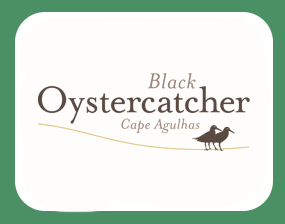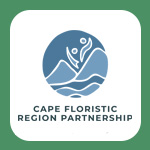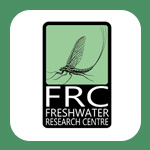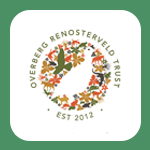
What on Mother Earth is an SMA?
There’s a global drive to recognise conservation structures, like SMAs, that may not fit traditional or more well-known wildlife-protection setups.
Protected Areas, for example, are well recognised as those areas that are formally protected in terms of national legislation. Think here of state-owned protected areas, or contract protected areas. In South Africa, government remains focused on establishing and then managing protected areas.
But what about those mechanisms that are still protecting their biodiversity – but doing so a little differently?
There are a number of examples of such area-based conservation efforts in South Africa – including a Special Management Area (SMA).
Despite all the biodiversity protection taking place within these alternative conservation areas, when most government officials working in the environmental department power up their slides highlighting the conservation estate, these conservation efforts are largely ignored.
And yet, in many of these instances, these are conservation efforts driven from the ground up – landowner-driven initiatives that can ensure that biodiversity is protected, forever.

That’s exactly the case for a Special Management Area (SMA). It’s a place that aims to reconcile conservation of nature, cultural diversity, and economic and social development through partnerships between people and nature.
In our instance, the Nuwejaars Wetlands Special Management Area (NWSMA) is managed according to UNESCO’S Biosphere Reserves framework. We strive to be a site of excellence, that we can test and show new innovative approaches to conservation and sustainable development, and achieve this at a district-wide scale.
For farmers at the tip of Africa, it meant making one of the biggest sacrifices: signing title deed restrictions on their properties in favour of our Constitution. These restrictions remain in place in perpetuity.




“Novel area-based conservation mechanism”
In a recent report, BirdLife South Africa described the NWSMA as a “novel area-based conservation mechanism” created by worried landowners. This report highlights the advantages of these alternative conservation mechanisms. For example, they have:
– The ability to pull in partners who may not really have been engaged in biodiversity conservation;
– The chance to allow for a variety of land-uses (such as sustainable farming and tourism) that are compatible with conservation, and bring in funds to support conservation;
– The ability to take on bigger picture conservation through ecological connectivity across vast areas (think of conservation corridors across the 45,000 hectares of the NWSMA and leading into the Agulhas National Park);
– And the chance to be flexible, and react quickly to opportunities and threats.

Conservation Areas
The good news is that there’s now a global force driving the recognition of conservation areas OUTSIDE that of protected areas.
This is being led by the International Union for Conservation of Nature (IUCN), and is called Other Effective Area-Based Conservation Measures (OECMs). The term stems from the Aichi Targets (where the world was called to create “well connected systems of protected areas and other effective area-based conservation measures”).
A global specialist group was set up to provide guidance on identifying, recognising, supporting and reporting OECMs. It was based on that key principle: that conservation can and is taking place beyond protected areas, and is being done in a way that can achieve positive and sustained long-term solutions for conservation.
There are a couple of steps OECMs must comply with.
– It should be geographically defined;
– It needs to be governed by a decision-making authority;
– And it needs to be managed in a way that leads to positive biodiversity outcomes.
What makes South Africa special
in terms of OECMs?
Currently in South Africa, BirdLife SA is driving a project to undertake the first country-level assessment of OECMs. They’ll be determining the type and extent of areas and sites that meet the definition. And the NWSMA is part of the conversation with our BirdLife SA partners.
Once the protocol is developed, other countries will also test it, to see whether the South Africa model can be introduced globally. It’s hoped that these are the first steps to recognising those who are using a different and diverse suite of conservation mechanisms, and who are taking a pioneering approach, pushing the boundaries of traditional conservation action.
Every day we ...
Develop nature opportunities
Sustainable business for conservation
Objective 4: Unlocking nature’s value through responsible development
Practice sustainable agriculture
Sustainable agriculture in harmony with nature
Objective 5: Developing a best practice model for eco-friendly farming
Showcase the area
Communication, marketing & awareness
Objective 6: Building support for conservation through outreach and education


































